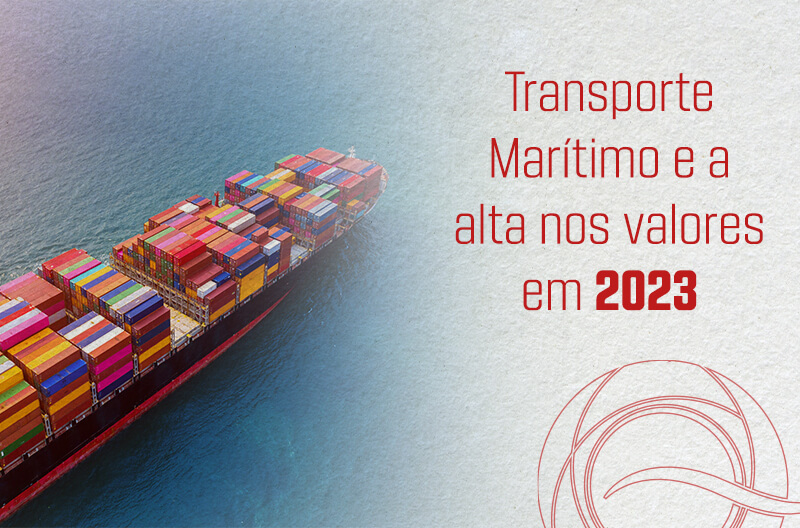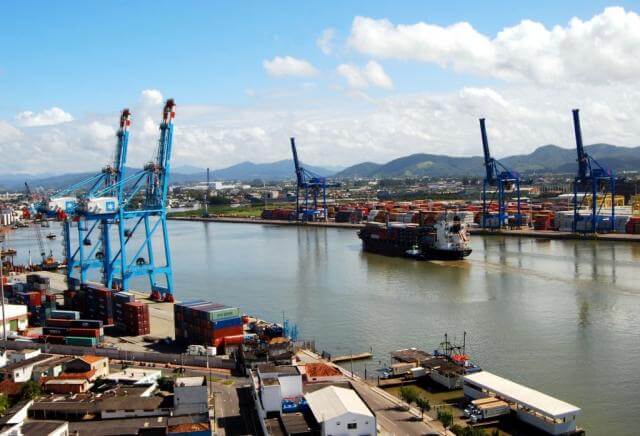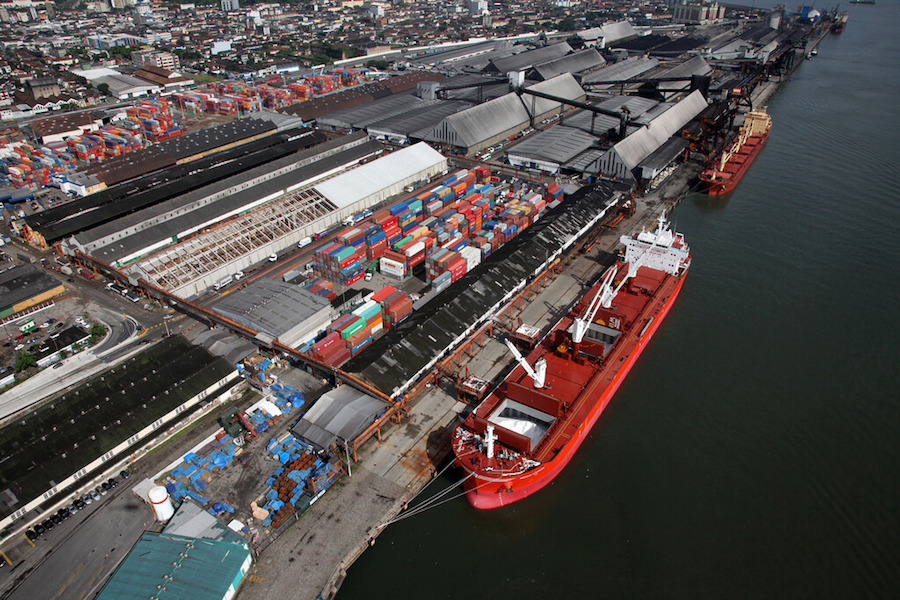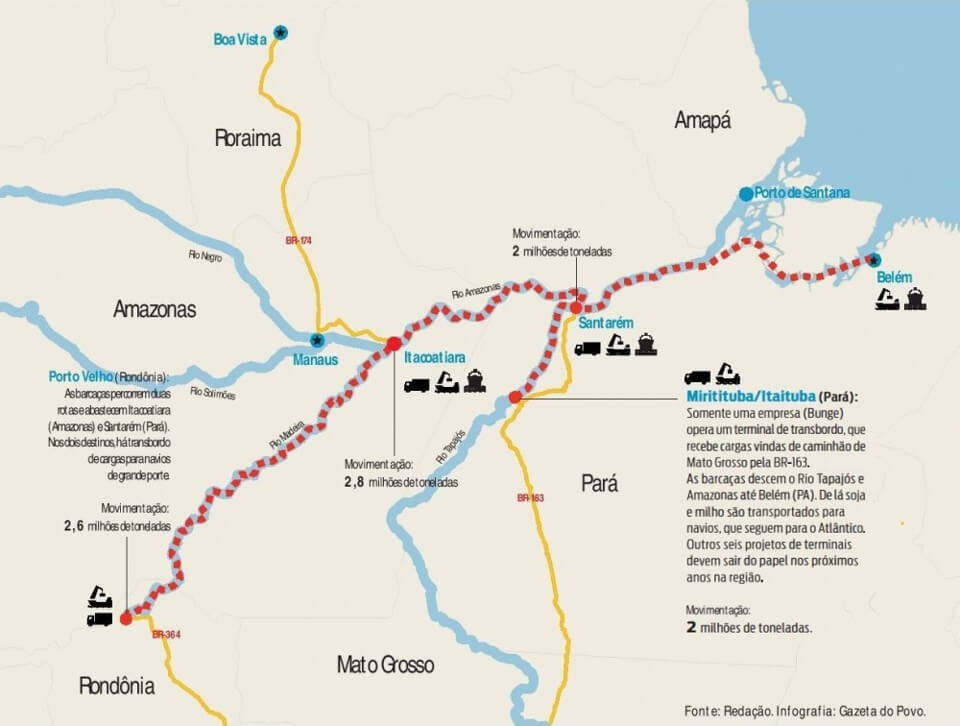
Due to the still-existing war between Ukraine and Russia and the challenges faced not only by international organizations, but also by industries around the world, some facts arising from the pandemic have been repeated, such as the shortage of products and the difficulties faced in the negotiations and global supply logistics.
Some of the effects that the war caused to Brazil were the loss of imports of fertilizers, medicines and exports of agricultural products to the two countries.
The figures arising from the challenges imposed by international sanctions and the lack of supply of some markets were therefore passed on to the final customer with the increase in prices of imported products.
Thus, the increase in sea freight was one of the most important consequences in the last 3 years. The overload of the port system in some countries, added to the “container crisis”, and the imbalance in supply, due to cancellation of routes and lack of maritime fleet, slowed the recovery time of the sector and, consequently, the reduction of international freight prices and values added to its operations.
It is worth pointing out that the expectations for international freight in 2023 are standardization, because new fleets of ships are available, port jams are not a current reality and ships are with higher cargo capacity, however, what can slow the speed of price stabilization is the increase in fuels that will be contained until February 28, 2023 by Provisional Measure No. 1,157.
How is the change in fuel prices affecting demand?
According to companies specializing in reducing tax costs, the fuel used by most ships is made up of petroleum products, and is called fuel oil or bunker oil, whose price recorded a high of 84.2% in February 2022, on transatlantic routes.
According to the United Nations (UN) agency, the estimated average evolution for maritime trade in 2023 is 2.1% and the trend is to continue until 2027. In addition, according to the 2022 Maritime Transport Review by the United Nations Conference on Trade and Development (UNCTAD), the sector needs to prepare to be more “sustainable and resilient.”
To this end, it must invest in infrastructure, stabilise the incompatibility between demand and supply of maritime fleet capacity and not delay the decarbonization of transport, i.e., improve energy efficiency and reduce impacts on greenhouse gas emissions.
Faced with an uncertain future regarding the increase or reduction of sea freight values, it is correct to state, from the data presented, that a normalization scenario at a level close to what was reality in 2019 does not show itself as a close reality.
According to trade map’s news portal, the increase in freight prices was the main challenge for 90% of companies with operations in international trade, according to a survey by the National Confederation of Industry (CNI) released in October 2022. In addition, the high cost of transport was the main problem for 92% of exporters and 95% for importers.
Thus, thinking of a scenario of high international freight, especially the seafarer that is estimated to hold, according to the UN agency, 80% of the goods sold globally, need to verify its logistics structure and optimize them to create alternatives with other means and its management of resources so that its commercial operations are not harmed.




